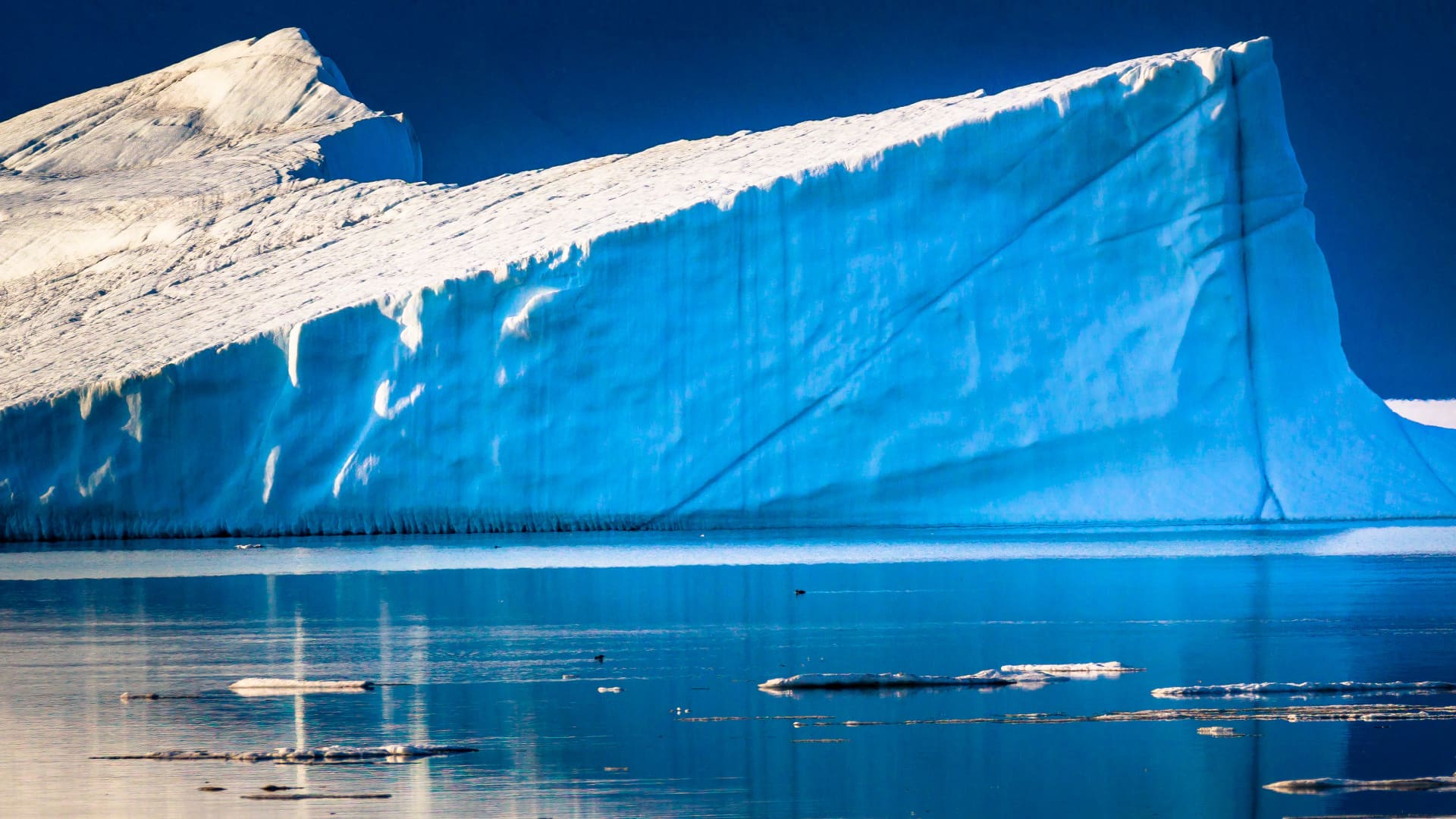Greenland ice loss will raise sea levels by nearly one foot by 2100, study shows


A massive ice sheet in Greenland is set to raise global sea levels by nearly a foot by the end of this century, in a melting event driven by human-caused climate change, according to a study published on Monday.
The findings in the Journal Nature Climate Change show that 3.3% of Greenland’s ice sheet will melt, which is equivalent to 110 trillion metric tons of ice. The ice loss will prompt about 10 inches of sea level rise between now and 2100.
Scientists warned the melting is inevitable even if the world immediately stops emitting planet-warming greenhouse gases. The study’s forecast of a minimum of 10 inches of sea level rise is more than twice as much sea level rise as researchers have previously predicted from the melting of Greenland’s ice sheet.
It is the second biggest ice sheet in the world behind the one in the Antarctic and covers 80% of the island. Previous research has suggested that if all of the ice sheet were to melt, global sea levels could rise by as much as 23 feet.
Scientists located in Belgium, Denmark, Finland, Norway, the Netherlands, Switzerland and the U.S. conducted the study by using satellite measurements of ice losses from Greenland and the shape of the ice cap between 2000 and 2019.
The researchers assessed the ratio of replenishment from snowfall to loss from melting ice in Greenland, and concluded that 3.3% of Greenland’s total ice volume will melt by the end of the century, no matter how quickly the world curbs carbon emissions.
Climate change from the burning of fossil fuels has led to longer summers in Greenland and accelerated the retreat of glaciers and the island country’s ice cap.
A one-foot rise in global sea levels would have major consequences for coastal communities, as sea level rise threatens to displace almost 200 million people by the end of the century. In the U.S., coastal residents represent 40% of the total U.S. population and $7.9 trillion in gross domestic product, according to the National Oceanic and Atmospheric Administration.
This post has been syndicated from a third-party source. View the original article here.




